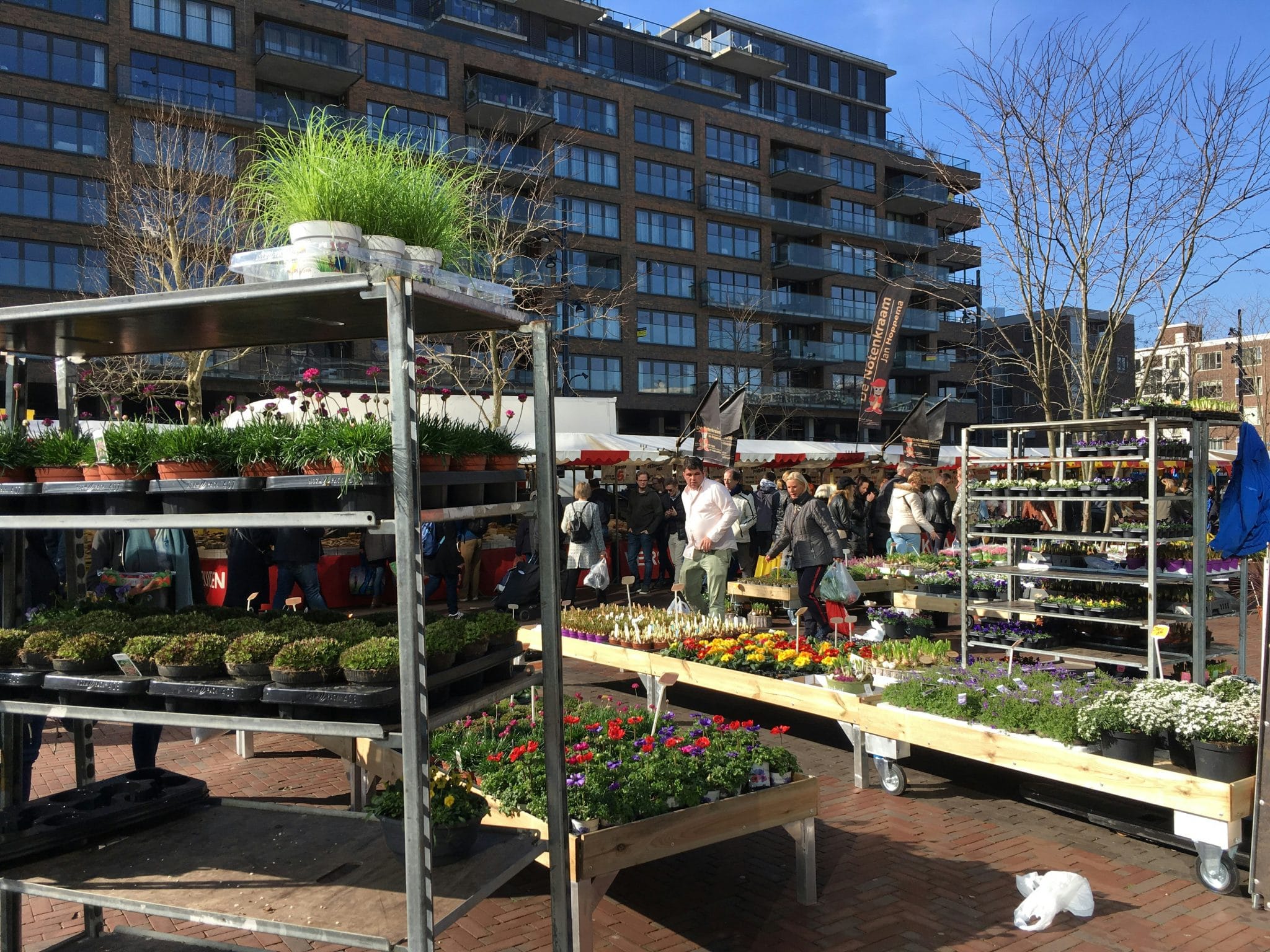Hydroponic Gardening for Urban Dwellers
In today’s fast-paced, urban lifestyle, it can be challenging to find space and time for traditional gardening. However, lack of outdoor space should not stop us from enjoying the benefits of growing fresh produce. This is where hydroponic gardening comes in. Not only is it a space-saving solution, but it also allows us to grow fresh fruits, vegetables, and herbs all year round, right in the comfort of our own homes. In this article, we will explore the world of hydroponic gardening for urban dwellers and how it can revolutionize the way we think about growing our own food.
The Basics of Hydroponic Gardening
Hydroponic gardening is a form of growing plants without soil. Instead, plants are grown using nutrient-rich water solutions, providing them with all the necessary elements for proper growth. This method eliminates the need for traditional soil-based gardening, making it a perfect solution for urban dwellers who have limited space.
One of the main advantages of hydroponic gardening is its efficiency. It allows plants to absorb nutrients much faster, and the absence of soil-borne diseases can lead to healthier and more productive plants. Moreover, since plants do not need to search for nutrients in the soil, their energy is directed towards growth, resulting in higher yields in a shorter period.
Setting Up your Hydroponic Garden
1. Choose the Right System
When it comes to hydroponic gardening, there are several systems to choose from, and each has its advantages and disadvantages. The most common systems are:
• Deep Water Culture (DWC)
This system involves suspending plants in a nutrient solution, allowing their roots to absorb oxygen directly from the water. It is suitable for growing leafy greens, herbs, and smaller plants.
• Drip System
With this system, plants are grown in a growing medium, such as perlite or vermiculite, and their roots are periodically watered with a nutrient solution. It is a versatile system that can accommodate a wide range of plants.
• Ebb and Flow
This system works by flooding the growing medium with a nutrient solution and then draining it. It simulates the natural ebb and flow of tides and is ideal for larger plants.
When choosing a system, consider the space available, the types of plants you want to grow, and your budget.
2. Select the Right Growing Medium
In hydroponic gardening, the growing medium is used to support the plant and hold the roots in place. Some popular options include:
• Coconut Coir
It is a byproduct of coconut husks and is an ideal medium for plants. It has good water retention and aeration properties, making it perfect for hydroponic systems.
• Rockwool
Made from molten rock and spun into fibers, rockwool is another popular medium due to its excellent water retention and aeration properties. However, it is essential to wear gloves when handling as it can irritate the skin.
• Perlite and Vermiculite
These are lightweight and affordable options that provide good drainage and aeration. They are often used in drip or ebb and flow systems.
3. Provide Adequate Lighting
Since plants grown hydroponically do not receive natural sunlight, it is crucial to provide them with adequate artificial lighting. LED grow lights are the most popular choice among hydroponic gardeners as they are energy-efficient and provide the right spectrum of light required for plant growth. Depending on the plants you are growing, the lighting duration may vary, typically ranging from 12-18 hours per day.
Choosing the Right Plants
The beauty of hydroponic gardening is that almost any plant can be grown using this method. However, some plants are more suited for this type of gardening than others. Popular choices for hydroponically grown plants include lettuce, tomatoes, cucumbers, peppers, and herbs like basil, mint, and cilantro.
When selecting the plants, consider their growth habits, and choose varieties that are compact and do not require a lot of space. Some plants may also need additional support, such as trellises, to ensure proper growth.
Benefits of Hydroponic Gardening for Urban Dwellers
Aside from the obvious space-saving and year-round growing opportunities, hydroponic gardening offers numerous other benefits for city dwellers, including:
• Easy Maintenance
With hydroponic gardening, there is no need for digging, weeding, or pest control, making it a low-maintenance gardening method. It is also a great option for individuals with limited mobility as it requires minimal physical effort.
• Water Conservation
Hydroponic gardens use up to 90% less water compared to traditional gardening methods as the water is recirculated throughout the system. This makes it an ideal option for areas with water scarcity or water restrictions.
• Flexibility
Hydroponic gardening can be done indoors or outdoors, making it the perfect option for people living in apartments or areas with unfavorable weather conditions. It is also portable, allowing you to move your garden wherever you go.
Get Growing with Hydroponics
Hydroponic gardening is a great way to start your journey towards sustainable living and enjoying the freshest produce all year round. With the right system, lighting, and growing medium, you can create your urban garden and enjoy the benefits of growing your own food. So why wait? Get started with hydroponics today and experience the joys of gardening without the constraints of space and time.
Remember, it may take some trial and error to find the perfect setup for your plants, but with patience and determination, hydroponic gardening can be a rewarding and enjoyable experience for urban dwellers.










